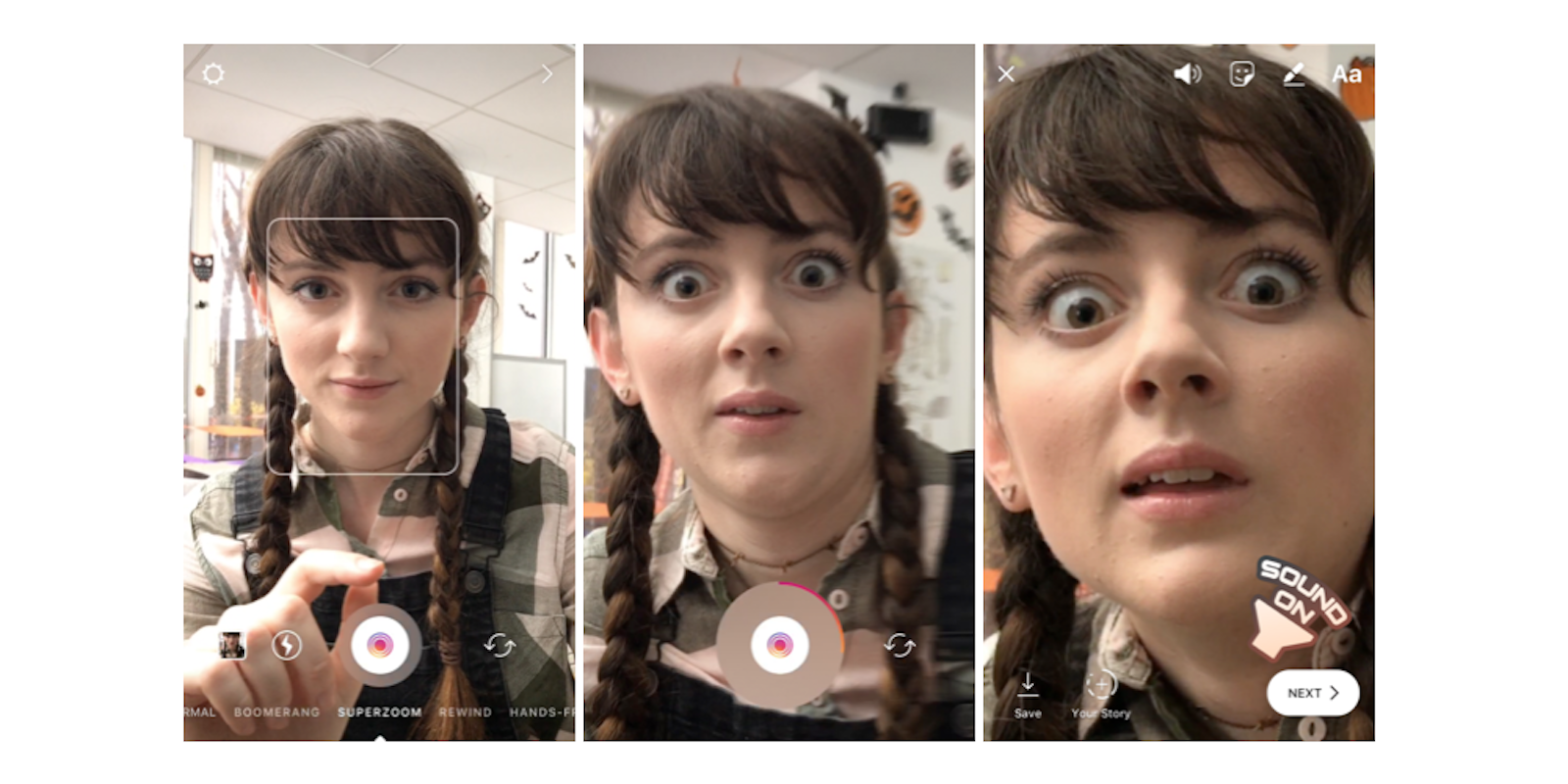When it comes to shooting videos on our smartphones, it’s safe to say that in 2017, landscape video is finally heading to the grave.
For years, when capturing video with my phone, I forced myself—and reminded others—to rotate the device and capture video in landscape mode. That was the prevailing wisdom of the time. Landscape mode, the argument went, was better for YouTube, and better for AirPlaying (or casting) up on your widescreen HDTV. It is also the way that our human eyes see the world—our eyes are placed side-by-side, not one-on-top-of-the-other, after all.
When you uploaded video to YouTube, shared it via text, or posted it to social media, up until relatively recently, all of the video players were designed for horizontally oriented video. If you uploaded portrait video, it would be flanked by large black bars on either side. The video itself would be tiny within that already small video playing screen. It was such an ugly inconvenience that the term Vertical Video Syndrome was coined to describe those who consistently shot portrait videos. It just didn’t make sense to upload video that way, and it didn’t make sense to shoot video that way.
The tide has changed, though. Today, many of us prefer to capture video vertically—and it makes sense. With the holiday season upon us, it’s something that friends or relatives could draw criticism over. While it’s a switch that’s taken time for me to come to terms with personally, you should stay steadfast in your decision to shoot portrait video, if that’s what you prefer.
The trend began to take hold in 2015, when Snapchat rapidly gained popularity among youthful smartphone owners. Unlike in most other apps and video-sharing platforms, on Snapchat, the only way to share photos and videos is in a vertical format, taking up the full length of your screen. The New York Times published an op-ed declaring that vertical video was no longer a crime.
“I remember the first time I saw vertical videos on a vertical screen,” Zena Barakat, a former New York Times video producer, said in the piece. “I was like, ‘This is so natural. It looks right, it feels right. So why are we not making vertical videos?’”
Two years later, that transition seems to be complete. Snapchat, Instagram Stories, Facebook Live, and other streaming platforms all bow to portrait-style video. On top of that, video players, both on social media and in text messaging services, made a change. They now typically nix the black bars that used to annoyingly flank vertically shot video. Facebook, for example, updated the way we view vertically shot videos back in February. Now, vertical videos take up a larger portion of your smartphone screen (as they logically should).
After a lengthy personal battle, I’ve finally admitted defeat myself. I default to shooting video vertically, in portrait mode now. It’s not that I Snapchat or livestream all the time. For me, it’s about speed. When I capture video, I’m typically capturing something that is happening right now. I need to whip out my phone, swipe open the camera, and hit record. Turning the phone sideways, while it may only take a fraction of a second, is a fraction of a second less time to record whatever adorable or idiotic thing I’m trying to shoot (real talk: It’s probably cat-related).
I used to go back through my camera roll and cringe a little bit when I came upon a vertically captured video. Now, it’s almost all I ever shoot.
With the stigma against vertical video-sharing removed, I don’t feel so bad about my habit. And for something truly beautiful, or something I do plan to share on YouTube, I probably will still shoot in landscape. Horizontal, cinematic-style video isn’t going to go away anytime soon, even if our casual home videos are shot in portrait.
However, if you’ve got a friend who keeps harping on you to take landscape-style video, you can tell them to shut it. The smartphone gods have spoken: Portrait video is A-OK.


